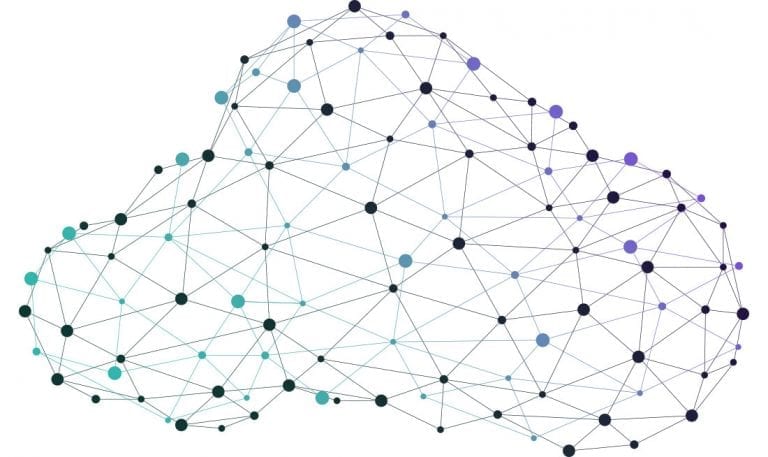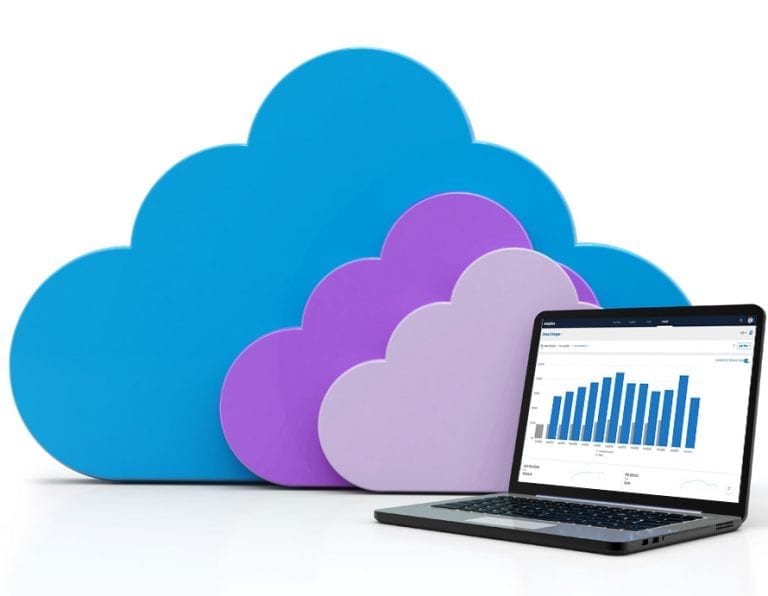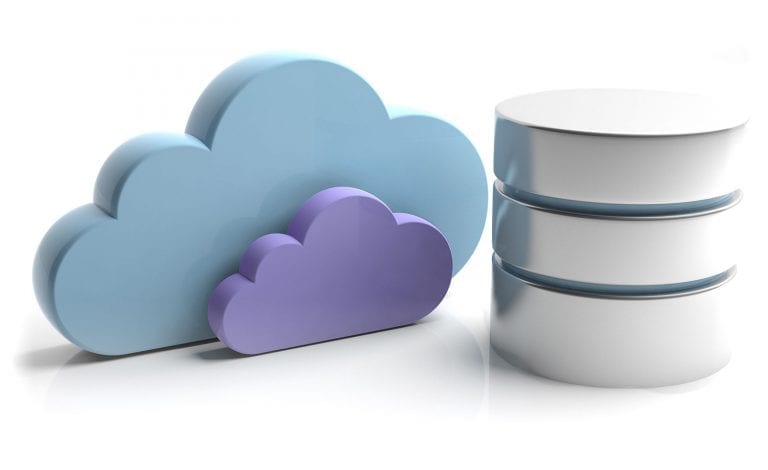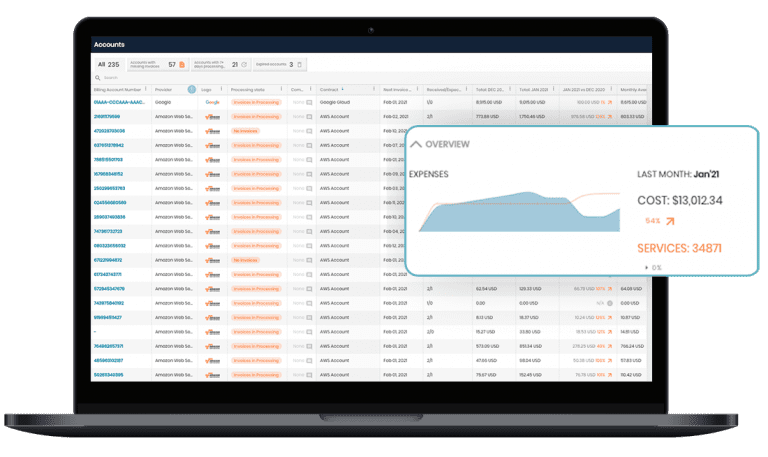
Unified dashboards of AWS, Google Cloud, and Azure in ServiceNow
brightfin has out-of-the-box integrations with Amazon Web Services, Microsoft Azure, and Google Cloud, bringing all of your major cloud accounts into one platform.
Unified dashboards and analytics tools make it easy to compare usage, costs, and charges across vendors and drill down for more detailed granularity to break each down by internal user group.

Easily allocate cloud costs by projects, departments, and more
brightfin automatically imports your cloud invoice data into the same tables where you store your ITSM data. This allows for easy allocation and chargebacks based on which project or department is responsible for each line item on your invoices.

VW uses brightfin’s ServiceNow app to gain full transparency over cloud costs
By integrating cloud expenses into ServiceNow, Volkswagen Group of America was able to gain full transparency into cloud spend and inventory. Additionally, we’ve configured workflows that automatically allocate cloud spend to the appropriate VW project. This allows IT leadership to understand whether cloud spend is going to operational or strategic initiatives to support corporate goals.

Integrate Kubernetes for even deeper levels of spend analytics
The brightfin platform integrates AWS, Google Cloud, and Azure invoices with data stored in ServiceNow.
Our Kubernetes integration allows you to receive and manage Kubernetes usage data reports separately from the data reports on AWS usage. Monitor and plan your individual usage of and charges for Kubernetes pods, receive more precise analysis of your expenses, allocate them accurately, and better understand the drivers of cloud costs.

Combine one or more UEMs in ServiceNow to help manage security
With brightfin, you can easily combine data from multiple Unified Endpoint Management (UEM) providers into one unified platform built on ServiceNow. By analyzing UEM data, such as which applications are installed on your corporate devices, you can gain an upper hand in identifying shadow IT and subscription overages.
Frequently asked questions about cloud costs
Are cloud costs rising?
Gartner projects that public cloud will make up 14.2% of the total global enterprise IT spending market in 2024, a 56% increase from 2020. And by 2025, “enterprise IT spending on public cloud computing will overtake spending on traditional IT. Cloud’s growth for enterprises reflects a drastic change in the way that IT services are bought and delivered; however, managing those expenses and assets related to this growth has been a difficult, fragmented process for IT groups so far.
Many organizations find themselves using multiple providers for a significant number of services. With brightfin, IT groups can now drive cloud governance, find cost savings through optimization, and bring cloud expense management into existing IT management systems.
How do I keep cloud costs under control?
One of the reasons cloud is so attractive is its scalability and flexibility, allowing administrators to easily handle increased demand without the burden of adding physical servers and other CapEx investments. brightfin allows you to gain cost transparency and compare usage against your contracts, helping to keep costs under control by improving accountability and avoid usage surprises.
Make cloud efficient
brightfin makes it easy to leverage cloud expense management and reduce spend by knowing which resources are inactive or underused.
How to actively reduce cloud costs?
Gain control of your cloud costs by fully understanding cloud spend and by holding business units responsible for their expenses. You can also build digital workflows with brightfin to eliminate the manual work of pouring over cloud bills, processing invoices, and allocating costs to the right departments or projects.
How to enable cloud as a service?
First, bring highly detailed cloud expenses, usage, and inventories into your ITSM and enjoy actionable analytics and reporting. You can then manage multiple providers for multiple clients within a single portal in ServiceNow, or another ITSM, with domain separation.
How to manage telecom to cloud digital transformation?
Many physical services from the fixed telecom area are migrating to the cloud as digital offerings (consider a WAN circuit), creating a need to be able to track those shifts and their impact on budgets. Using brightfin to manage IT cloud expenses allows admins to know the exact date of switch over and what the previous costs were. It also provides the ability to track the new expense, usage, and store the contract data in one place.
Future-proof IT investments
With a unified expense and asset management solution to simplify complex processes like allocation, brightfin prepares organizations for investments where cloud, telecom, and mobile are all deployed in the same project.
What is cloud governance?
Cloud has lowered the barrier to entry for access to powerful computing and storage resources that previously were only available to the most well-resourced companies. Additionally, once a company is a customer of a public cloud provider, it’s easy to add new services to an account, but with that comes the potential for spend that falls out of compliance, especially as usage scales up.
Track, allocate, and audit for accuracy
Using brightfin to manage cloud expenses and assets, while integrating with an ITSM solution, levels up cloud governance by applying (or modifying) your existing business rules when new cloud inventory appears to ensure it’s tracked, allocated, and audited for accuracy.





